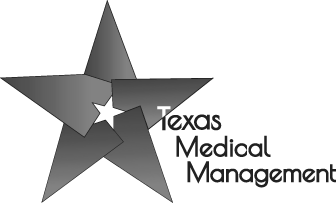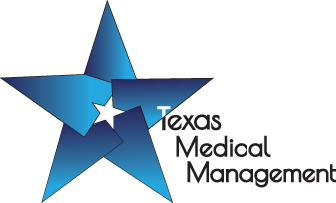Discover the excellence we're bringing to TJS Medical through testimonials from our parent company,
The Joshua Studio. These reviews, from a range of services, highlight the quality and dedication you can expect in our niche focus. As we grow, we'll share more stories specific to our journey together.
The Sedera team had the pleasure of working with Josh on many marketing initiatives such as SEO strategy, social media management, copywriting, and graphic design. I am always impressed with his work ethic and creative problem solving skills that range from strategic thinking to creative art direction. I wholeheartedly recommend Josh for his positivity, skill and responsiveness.
Jenny Aghamalian
Public Affairs & Strategy
TJS Medical helped us take control of our website and messaging. Josh brings fresh ideas, SEO strategy, and constant improvements—all at a fair, transparent rate.
Erich Schwarzes
Texas Medical Management
Working with Joshua was a game-changer for FCS Blue. His expertise were instrumental in
presenting our brand identity online, and the structures and processes he put in place for SEO led to remarkable results, and a future plan we believe in.
Steve Coppinger
Account Executive










